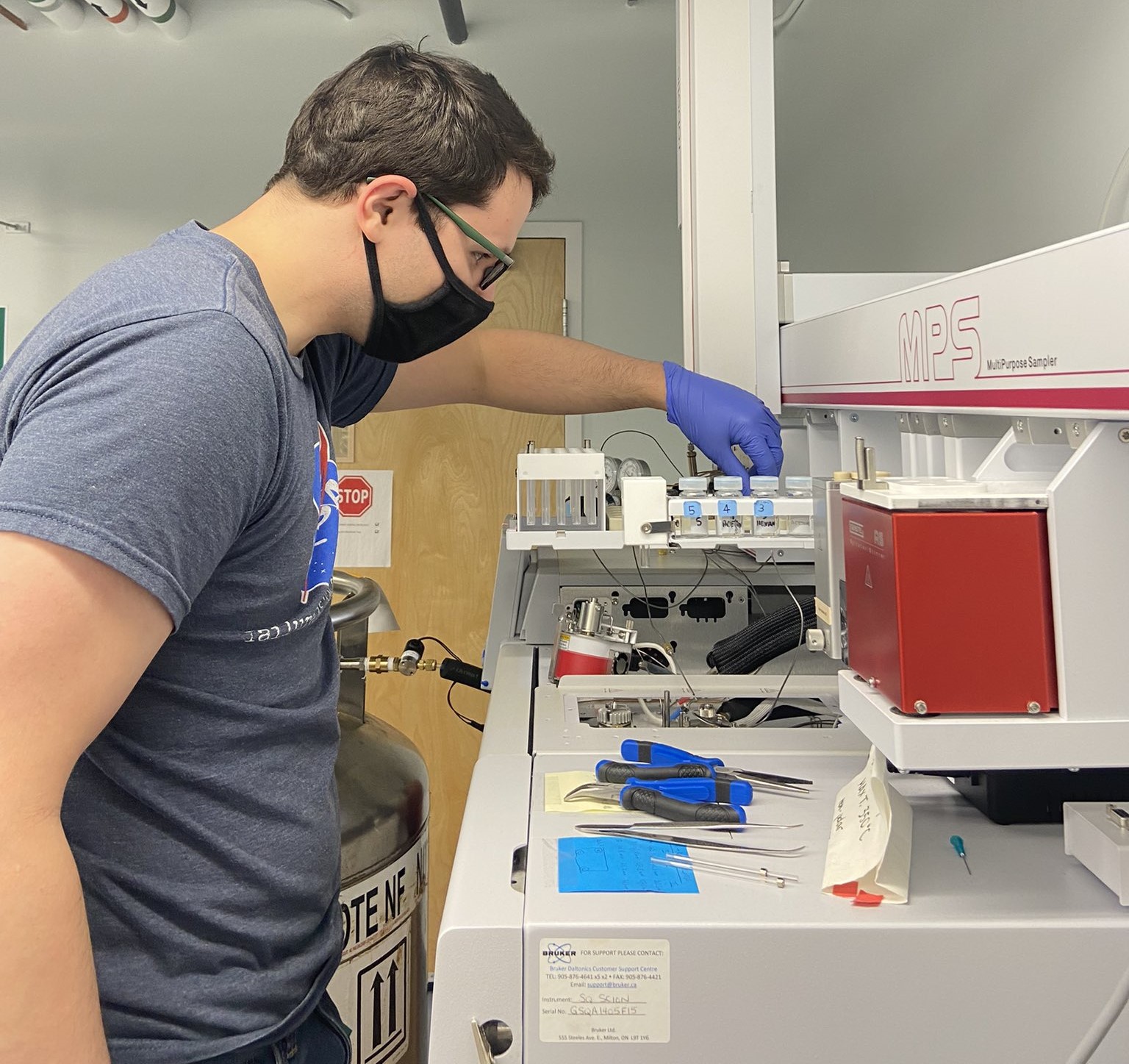Changes in cuticular lipids of Staphylinidae community across elevation at the Área de Conservación Guanacaste, Costa Rica

Thermal tolerance, both heat and cold, are often associated with an organism’s water balance, and therefore, their ability to lose or retain water. The primary barrier to water loss in insects is a layer of lipids on their cuticles that contain long-chain saturated hydrocarbons that have water-proofing abilities. In this project, I am partnering up with Dr. Nicoletta Faraone at Acadia University to measure the composition of the cuticular lipid layer of the Staphylinidae community from volcano Cacao, at the Área de Conservación Guanacaste, Costa Rica. We will map the amount of long-chain saturated hydrocarbons to the thermal tolerances of these species along the elevation gradient to see how well they explain the variation in community composition at that volcano.